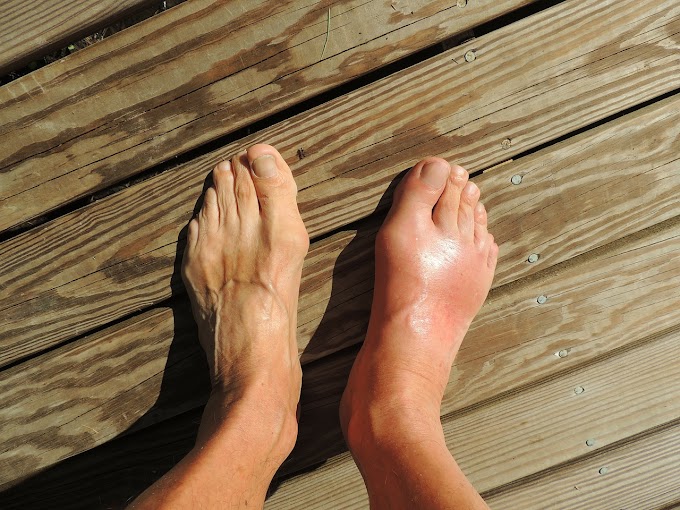SYMPTOMS
Pain in the
shins of one or both legs. There may, or may not, be specific area of
tenderness; pain and aching will be felt in the front of the lower leg after,
or during, activity.
CAUSES
The experts
are not clear as what shin splints are. They may be an irritation to the tendon
which attaches the muscle to the bone. Or they may be a muscle irritation or
the beginning of a stress fracture.
Active people have shin splints. For
example, 28% of long distance runners
and 22% of aerobic dancers have
them.
They are caused by excessive walking, running, or jumping on a hard surface. But other
factors include poor shoes, fallen
arches, insufficient warm-up, poor posture, faulty walking and running
techniques, overstraining, or pinched nerves.
Sometimes the early stages of stress
fracture are thought to be shin splints or vice versa. But there is a
difference: stress fractures begin pinpoint pain, about the size of a dime or
quarter, around or on a bony area. A shin splint is a generalized pain or
aching discomfort up and down the whole shin. But, if the problem is not
stopped, shin splints can develop into stress fracture.
NATURAL REMEDIES
·
Athletic
trainers call it RICE: rest, ice,
compression, and elevation. Do this for 20-30 minutes. Prop up the leg,
wrap it with an Ace bandage, and place the ice pack on it for 20-30 minutes.
·
An
alternate method is a one-minute contrast
bath of ice, followed by a minute of heat. Do this for at least 12 minutes.
This is especially good for pain in the inner leg (rather than the front where
the shin splints occur).
·
Massage the area near the shin splint pain,
but not on it. If you rub on it, the inflammation will worsen. Sit on the floor
and lightly stroke on the sides several times. Then wrap your hands around the
calf; and, with your finger tips, stroke deeply around on each side of the shin
from ankle to knee. Do the entire area, pressing as deeply as possible.
·
Try
to correct flat feet or very high
arches, if you can. They can also cause shin splints.
·
The
nutritional supplement, MSM (methylsulfonylmethane), is a form of sulfur that can help reduce muscle
soreness and inflammation. Take 1 gram daily.
·
A
podiatrist can give you shoe inserts which correct problems with your gait (orthotics).
PREVENTION
Try
to avoid a lot of hard activity on
unyielding surfaces, such as concrete. Even carpet on concrete can cause
problems. Grass or dirt is better than asphalt; asphalt is better than
concrete.
·
Wear
good, comfortable shoes; and, when
they start wearing down, buy new ones.
·
Stretch your calves and Achilles
tendon frequently.
This helps prevent shin splints. Shortened calf muscles throw more weight and
stress forward to the shins.
To
stretch your calves,
place your hands on a wall, extend one leg behind the other, and press the back
heel slowly to the floor. Do this 20 times, and repeat on the other leg.
To stretch your Achilles tendons, have both feet flat on the ground, about 6
inches apart. Bend your ankles and knees forward while keeping the back
straight. When you achieve tightness, hold it for 30 seconds. Repeat 10 times.









0 Comments